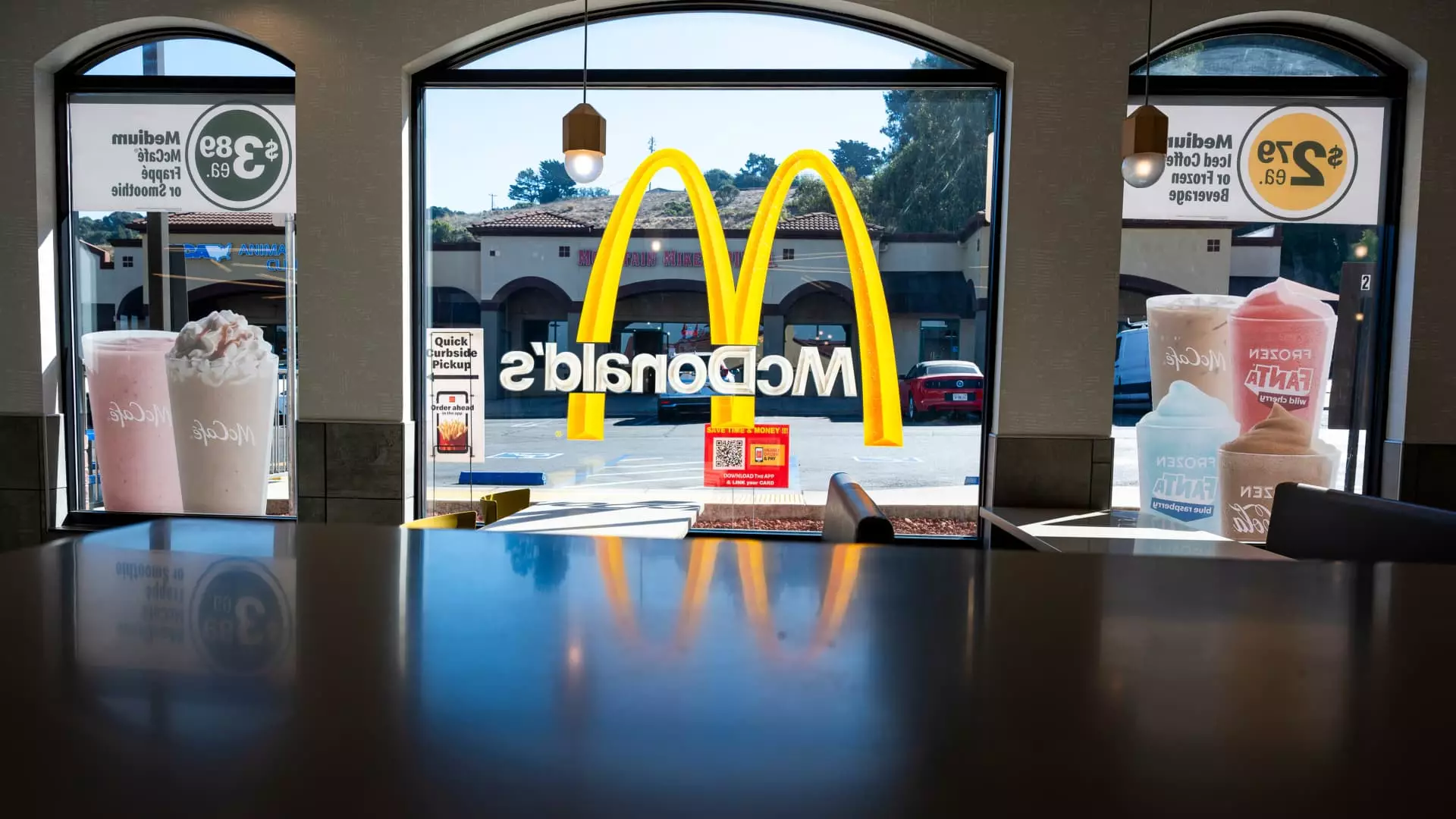The restaurant industry has faced a tumultuous period, marked by heightened challenges and significant adjustments in operational strategies. Although the current climate remains fraught with difficulties, a sense of cautious optimism is beginning to emerge, particularly with the dawn of 2025 on the horizon. Industry leaders are contemplating the promising prospects that might lie ahead if recent trends continue to develop favorably.
The year 2024 has been characterized by an alarming rise in restaurant bankruptcies, soaring over 50% when compared to the previous year. The grim statistics do not end there; metrics revealing customer traffic to established restaurants indicate a universal decline month-over-month. This has raised questions regarding consumer appetites and spending behaviors amid ongoing economic pressures. Coupled with disappointing same-store sales across major brands—including McDonald’s and Starbucks—the restaurant sector has been compelled to rethink its strategies and operational frameworks.
Data from industry analysts portray a landscape where restaurant traffic fails to recover, fostering concerns about long-term sustainability. Executives have expressed discontent over disappointing earnings reports, and many are understandably eager for 2025 to usher in a fresher economic mindset. It is within this tough environment that signs of revival begin to spark hope, albeit slowly.
Despite the sobering state of the industry, glimmers of hope are beginning to surface. Restaurant sales have been showing signs of recovery, particularly since dipping to summer lows earlier this year. Notably, metrics from Revenue Management Solutions indicated that fast-food restaurants enjoyed a 2.8% uptick in traffic in October compared to last year’s numbers, suggesting that consumer interest may be rebounding. Prominent brands like Burger King are reporting an increase in same-store sales, which enhances sentiments surrounding a potential recovery.
Moreover, a continually declining trend in interest rates could serve as a catalyst for industry growth. The Federal Reserve has implemented consecutive rate cuts, indicating a favorable shift for restaurants looking to finance new locations and projects. Lower rates translate to accessible credit, which could encourage new ventures and bolster consumer confidence. This interplay of financial conditions and consumer psychology may play a critical role in prompting increased expenditures—even on daily items like a burger.
Intriguingly, the renewed interest in initial public offerings (IPOs) within the restaurant sector is gaining momentum as improved valuations create an atmosphere ripe for investment. Multiple industry stakeholders are diligently preparing for the window of IPO opportunities, fueled by hopes that improving traffic, profitability, and overall market sentiment will persist. Notably, the success of Cava since its IPO has injected energy into a market that has languished without significant public debuts.
However, navigating the marketplace remains complex. The prevailing caution in the market, particularly reflected in the underwhelming performance from other large restaurant companies, raises questions about their readiness to take the plunge into public offerings. The restaurant sector as a whole remains under strain, especially for those incorporating discount-heavy strategies to win back price-sensitive consumers.
As 2025 approaches, several challenges linger. The anticipated value wars among giant chains such as McDonald’s hint at fierce competition, potentially impacting profit margins across the board. With chains introducing expanded value menus, the race to capture the consumer’s limited discretionary income intensifies.
Moreover, despite some optimism, industry executives express reservations. While a recession appears unlikely in the short term, the notion that consumer recovery might take longer than anticipated looms large. The psychological effects of high inflation and diminishing purchasing power could prolong hesitation among consumers when it comes to dining out.
Overall, the restaurant industry stands at a critical juncture. While the ghosts of the past year loom large, the seeds of recovery are being sown as consumers show signs of returning to previous spending behaviors. The delicate balance between competition, pricing strategies, and consumer confidence will dictate the landscape in 2025. As executives prepare for what they hope will be a markedly improved year, the path forward will require strategic planning and agility to navigate any forthcoming obstacles. In an evolving economy, the resilience of the restaurant sector will undoubtedly be put to the test.


Leave a Reply